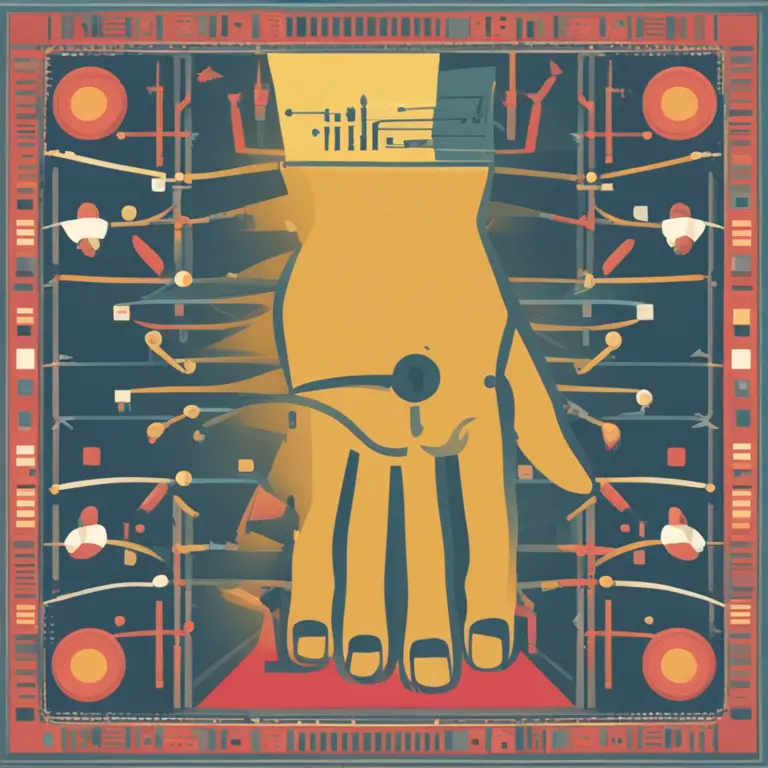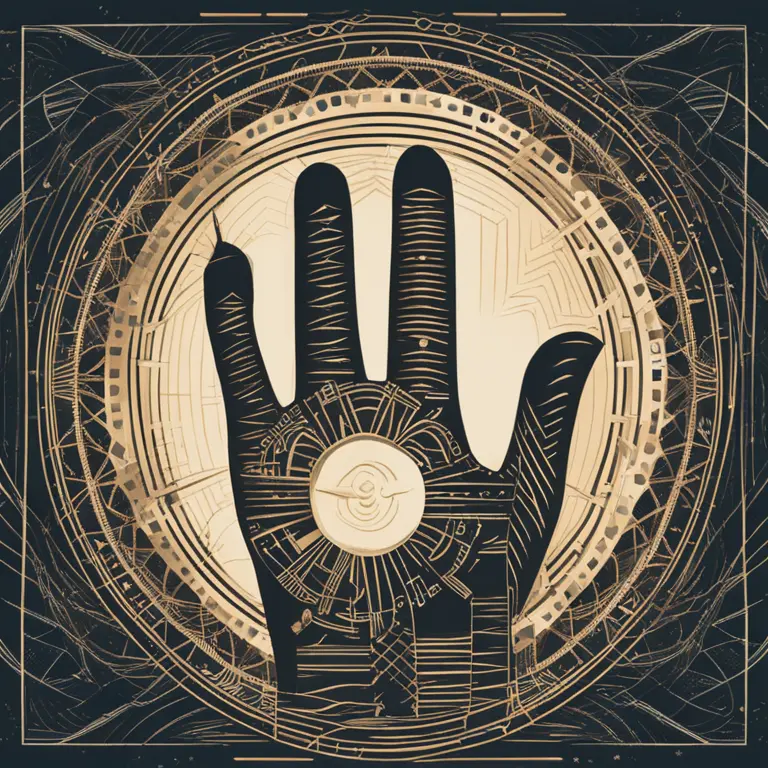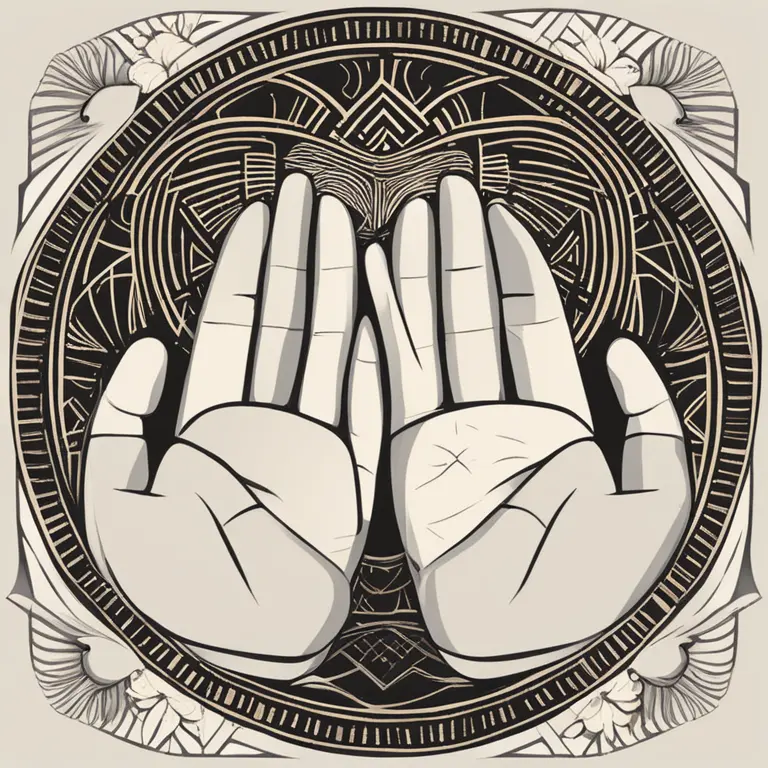
Which Hand Reveals Your Future?
Learn which hand holds the key to interpreting your life path, according to the ancient art of palmistry.
article by Nora Pennington
Introduction to Palm Reading
Have you ever wondered what secrets your hands might hold? Palmistry, also known as chiromancy, is a practice with roots weaving through numerous cultures, offering insight into an individual's personality, destiny, and life experiences. This ancient art is based on the interpretation of lines, shapes, and patterns on the hands, and its practitioners are often asked: Which hand should be read for accurate insights? The answer is nuanced and varies across different schools of thought within palmistry.

Dominant vs. Non-Dominant Hand
A foundational aspect of palm reading revolves around the concept of the dominant and non-dominant hand. Traditionally, the dominant hand—usually the one you write with—is considered the 'active' hand. It represents the present and future, reflecting the life you are actively shaping with your choices and actions. The non-dominant hand, on the other hand, is often viewed as the 'passive' hand, symbolizing inherited traits, potential, and the past. This hand can provide a baseline against which to measure the changes manifested in your dominant hand.

Contemporary Practices and Views
In current times, the conversation around which hand to read has evolved with palmists taking a more holistic approach. Many modern practitioners believe reading both hands is essential to get a complete picture of an individual's journey. When both hands are considered, a fuller narrative can be constructed—one that encompasses innate predispositions along with current life events and future possibilities.

Gender-Based Interpretations
In some traditional practices, the choice of hand depends on the client's gender, with men's left hands and women's right hands being the central focus for reading life prospects. However, this approach has largely fallen out of favor, as the binary concepts of gender no longer encompass the understanding of nuanced human experiences and identity that is more prevalent in 2024.

Detailed Analysis for Clarity
For in-depth sessions, palmists often conduct a detailed analysis of both hands. By comparing the lines and features on one hand with those on its counterpart, changes and transitions can be tracked, providing clues as to how a person has developed traits, tackled challenges, and shaped their destiny over time.
Blending Science and Intuition
While some aspects of palmistry are standardized, such as the names and significances of the major and minor lines, much of a reading depends on the intuition and experience of the palmist. Additionally, it's not uncommon for readers to incorporate contemporary psychological insights and elements of neuroscience into their practice, further personalizing the interpretive process.
The Verdict
Ultimately, whether a palmist reads the left, right, or both hands can differ individually, depending on the teachings they follow and the methods they trust. As such, the hand that is read can vary, but the underlying aim remains—to shed light on the individual's personal narrative through the inscriptions etched upon their palms.
Published: 1/11/2024
Modified: 1/12/2024
More predictions
Come back here soon to learn more about yourself and your future


The Possibility of Palmistry in Cancer Detection
Examining the claims that palmistry holds any potential in identifying the risk of cancer: a deep dive into the world of mysticism and medicine.


Can Palmistry Foresee One’s Demise?
Delve into the contentious debate about whether palmistry can predict the end of life and the ethical considerations of such a claim.


The Essence of Palmistry: Interpreting Lines and Shapes
Delve into the world of palmistry to discover the meanings behind the lines and shapes etched into the palms of your hands.